The toothbrush is an oral hygiene instrument used to clean the teeth, gums, and tongue. It consists of a head of tightly clustered bristle–atop of which toothpaste is supposed to go–mounted on a handle which facilitates the cleaning of hard-to-reach areas of the mouth.
Toothbrushes are available with different bristle textures, sizes, and forms. Most dentists recommend using a soft toothbrush since hard bristled toothbrushes can damage tooth enamel and irritate the gums.
Types of toothbrush
Electric toothbrush
It has been discovered that compared to a manual brush, the multi-directional power brush might reduce the incidence of gingivitis and plaque, when compared to regular side-to-side brushing. These brushes tend to be more costly. An electric toothbrush performs rotations of its bristles and cleans hard to reach places. Most studies report performances equivalent to those of manual brushings, possibly with a decrease in plaque and gingivitis although the electric version can be more comfortable. An additional timer and pressure sensors can encourage a more efficient cleaning process.
Interdental brush
An interdental or interproximal (“proxy”) brush is a small brush, typically disposable, either supplied with a reusable angled plastic handle or an integral handle, used for cleaning between teeth and between the wires of dental braces and the teeth.
The use of interdental brushes in conjunction with tooth brushing, has been shown to reduce both the amount of plaque and the incidence of gingivitis when compared to toothbrushing alone.
Sulcabrush
A Sulcabrush is a type of toothbrush used specifically for cleaning along the gumline adjacent to the teeth. The bristles are usually shaped in a pointed arrow pattern to allow closer adaptation to the gums. A Sulcabrush is ideal for cleaning specific difficult-to-reach areas, such as between crowns, bridgework and crowded teeth. End-tufted brushes may also be used around fixed orthodontic appliances, such as braces.
End-tuft brush
The small round brush head comprises seven tufts of tightly packed soft nylon bristles, trimmed so the bristles in the center can reach deeper into small spaces. The brush handle is ergonomically designed for a firm grip, giving the control and precision necessary to clean where most other cleaning aids cannot reach. These areas include the posterior of the wisdom teeth (third molars), orthodontic structures (braces), crowded teeth, and tooth surfaces that are next to missing teeth. It can also be used to clean areas around implants, bridges, dentures and other appliances.
Chewable toothbrush
A chewable toothbrush is a miniature plastic moulded toothbrush which can be placed inside the mouth. While not commonly used they are useful to travelers and are sometimes available from bathroom vending machines. They are available in different flavors such as mint or bubblegum and should be disposed of after use. Other types of disposable toothbrushes include those that contain a small breakable plastic ball of toothpaste on the bristles, which can be used without water.
Ecological toothbrushes
Commonly, toothbrushes are made of plastic. Such brushes constitute a source of pollution. In order to reduce the environmental impact, some manufacturers have switched to using biodegradable materials and/or use replaceable heads. In order to avoid plastic altogether alternative toothbrushes on offer consist of wooden handles (often bamboo) and bristles of bamboo viscose or pig bristles.
Hygiene and care
It is not recommended to share toothbrushes with others since besides general hygienic concerns there is a risk of transmitting diseases that are typically transmittable by blood, such as Hepatitis C.
After use it is advisable to rinse the toothbrush with water, shake it off and let the toothbrush dry.
Bent and worn out bristles of a toothbrush lead to decreased cleaning efficiency. It is therefore recommended to change it for a new one when it appears to be worn out (roughly after 6–16 weeks).


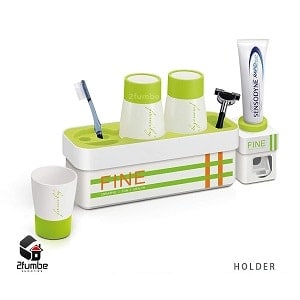
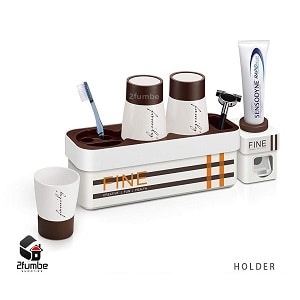
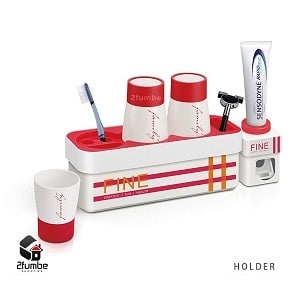
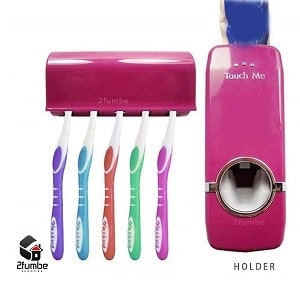
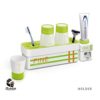

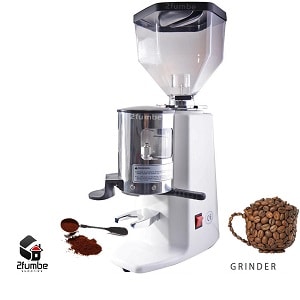
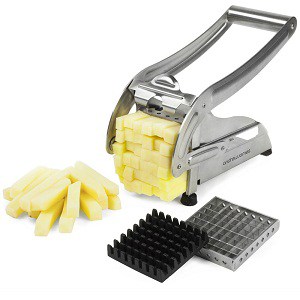
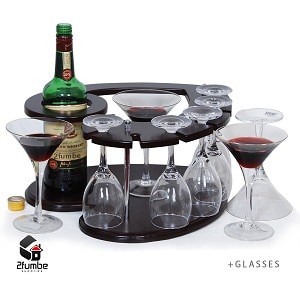
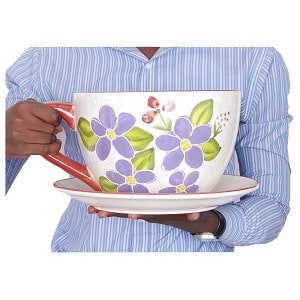
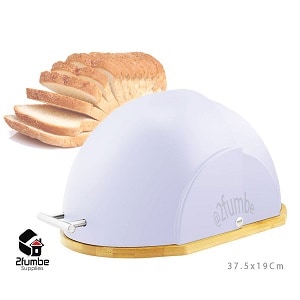
Reviews
There are no reviews yet.